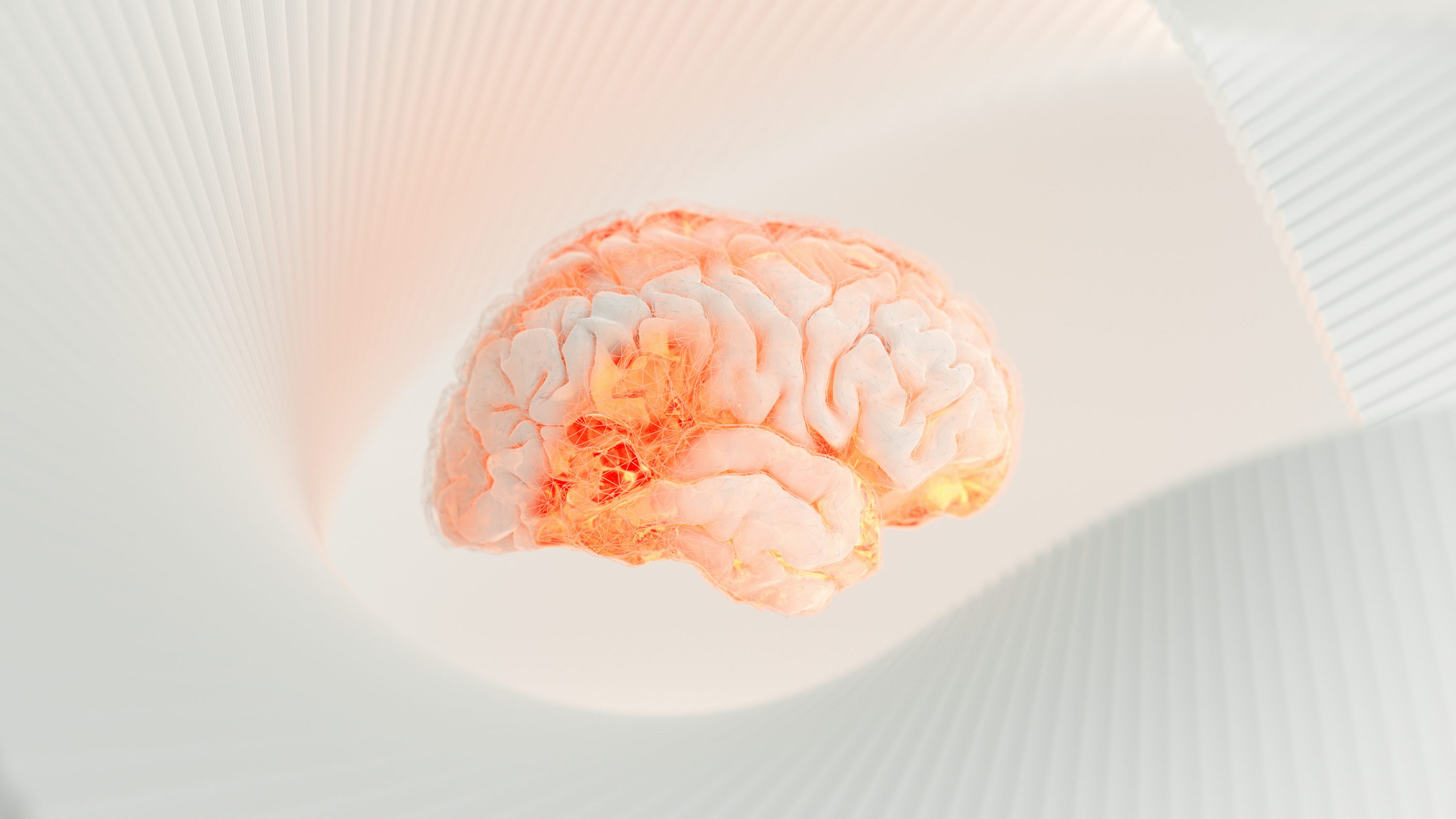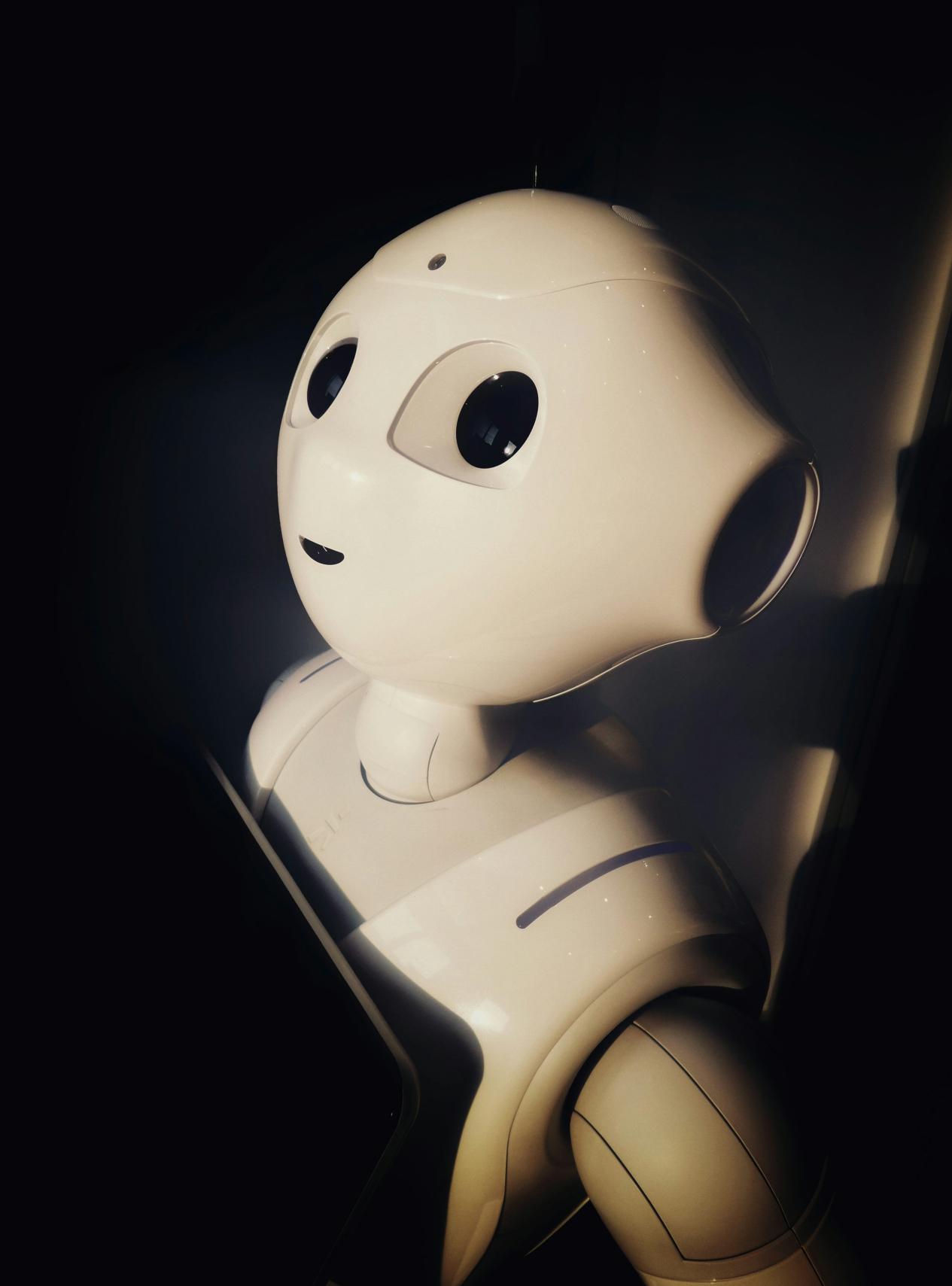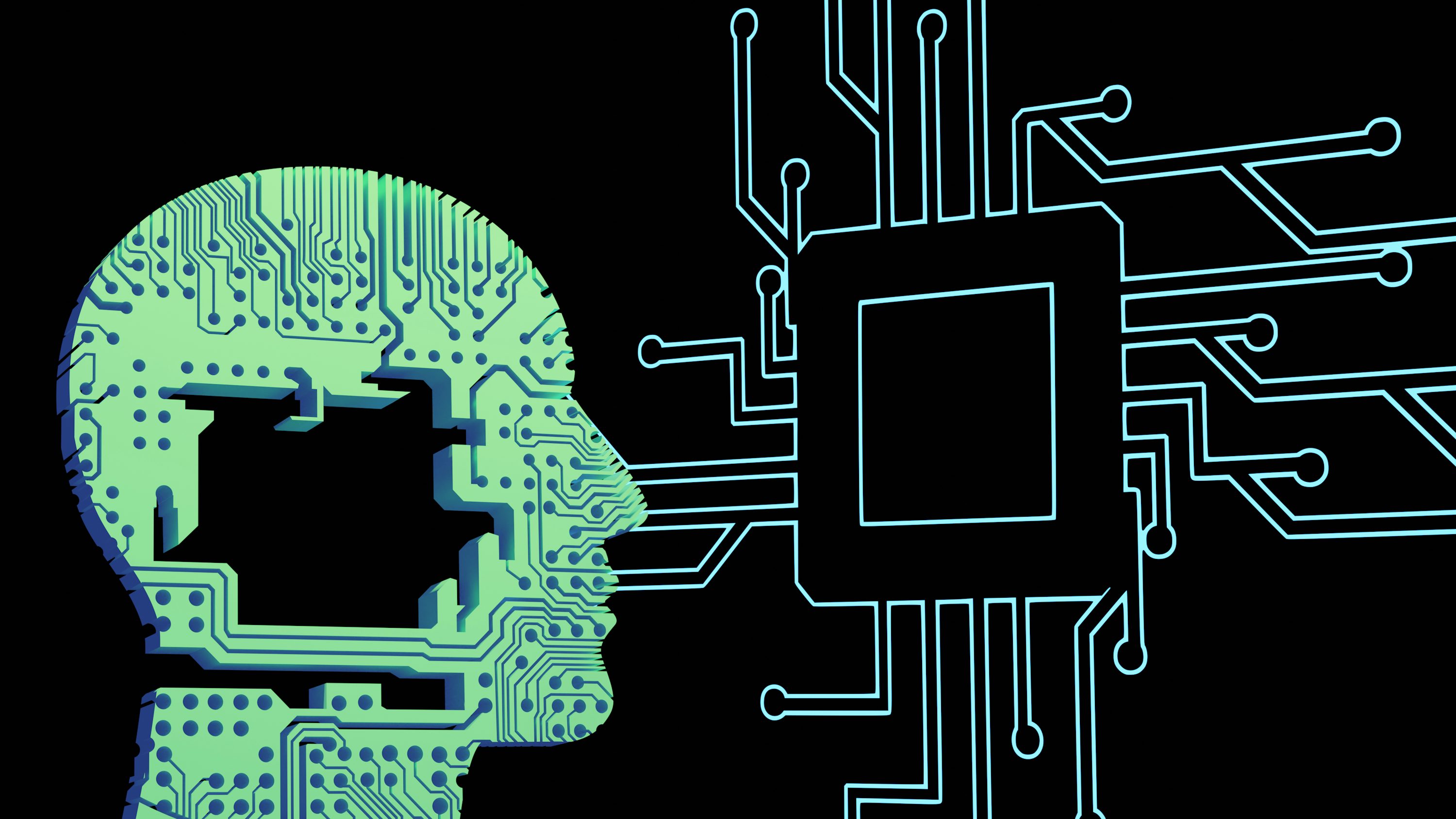Space laboratory: Unlocking new dimensions of cell regeneration
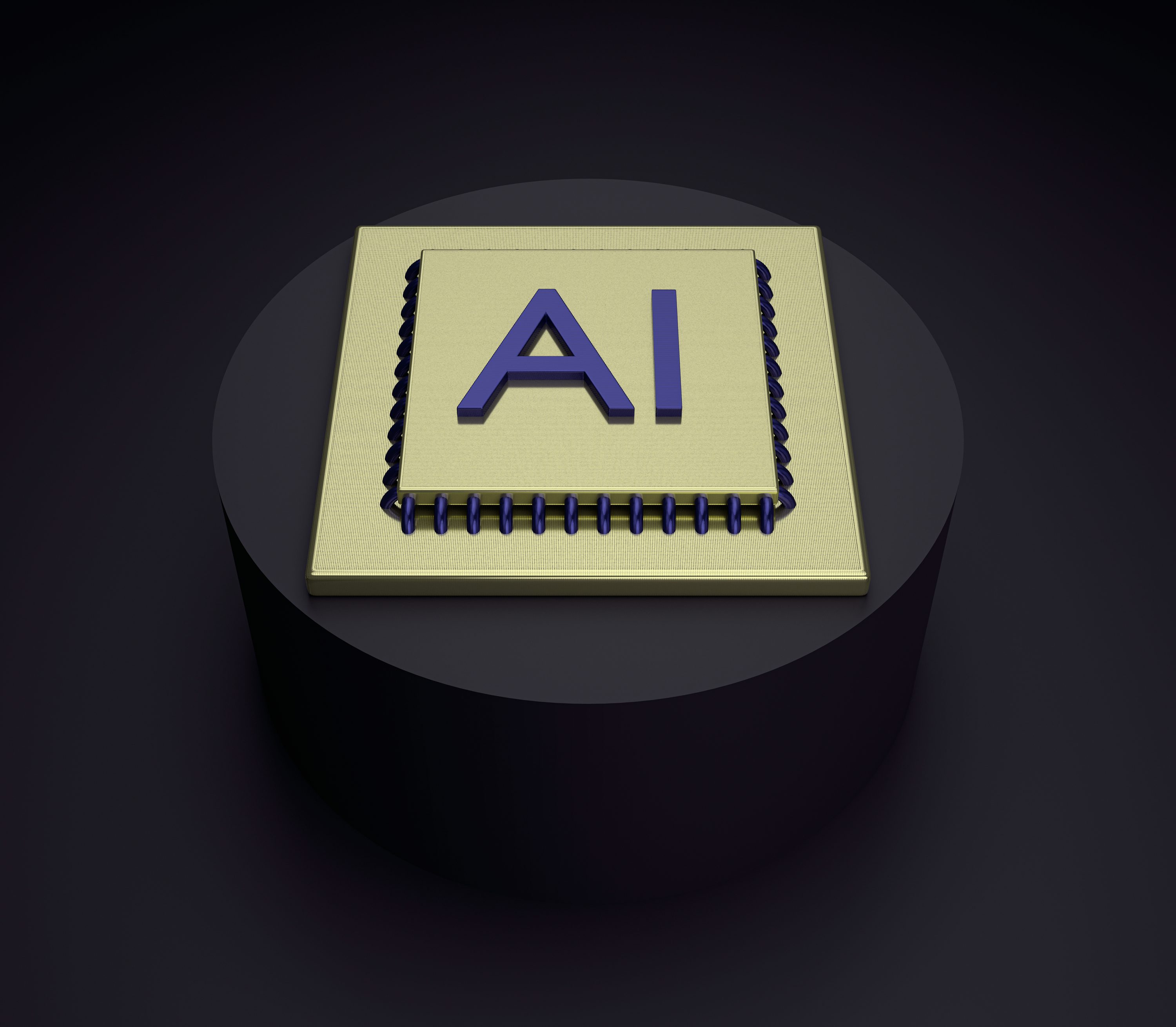
Life science exploration is breaking through the boundaries of the Earth, and the cosmic microenvironment is opening up a new path for biomedical research. Cell experiments conducted in low Earth orbit have revealed the unique effects of special physical conditions on living organisms.
Gravity field reshapes cellular characteristics
International research teams have discovered through space station experiments that microgravity environments significantly alter cell growth patterns. Multiple experimental observations have shown that special gravity conditions can activate the expression of specific genes, promoting stem cells to maintain a more primitive undifferentiated state. This characteristic provides ideal raw materials for tissue engineering, especially demonstrating potential in repairing damaged organs.
Advantages of Space Bioreactors
Compared to ground laboratories, the space environment exhibits three major technological advantages:
1. Enhance cell proliferation rate
2. Improve the controllability of the differentiation process
3. Promote the formation of three-dimensional organizational structure
Experimental data shows that the proliferation efficiency of specific types of stem cells in the cosmic environment is increased by about three times. This breakthrough discovery brings the possibility of mass production of therapeutic cells and solves the yield bottleneck in ground culture.
The potential value of medical applications
In the field of cardiovascular repair, cardiomyocytes cultured in space exhibit extraordinary metabolic activity. Animal models show that the angiogenesis ability of these cell transplants is 2.5 times higher than that of traditional cultured cells, providing a new approach for the treatment of myocardial infarction.
Key progress has been made in the research of nervous system repair. In the experimental samples, the differentiation direction of neural precursor cells is closer to the natural development process, and their axon extension length increases by 40% compared to ground culture, opening up new avenues for the treatment of spinal cord injuries.
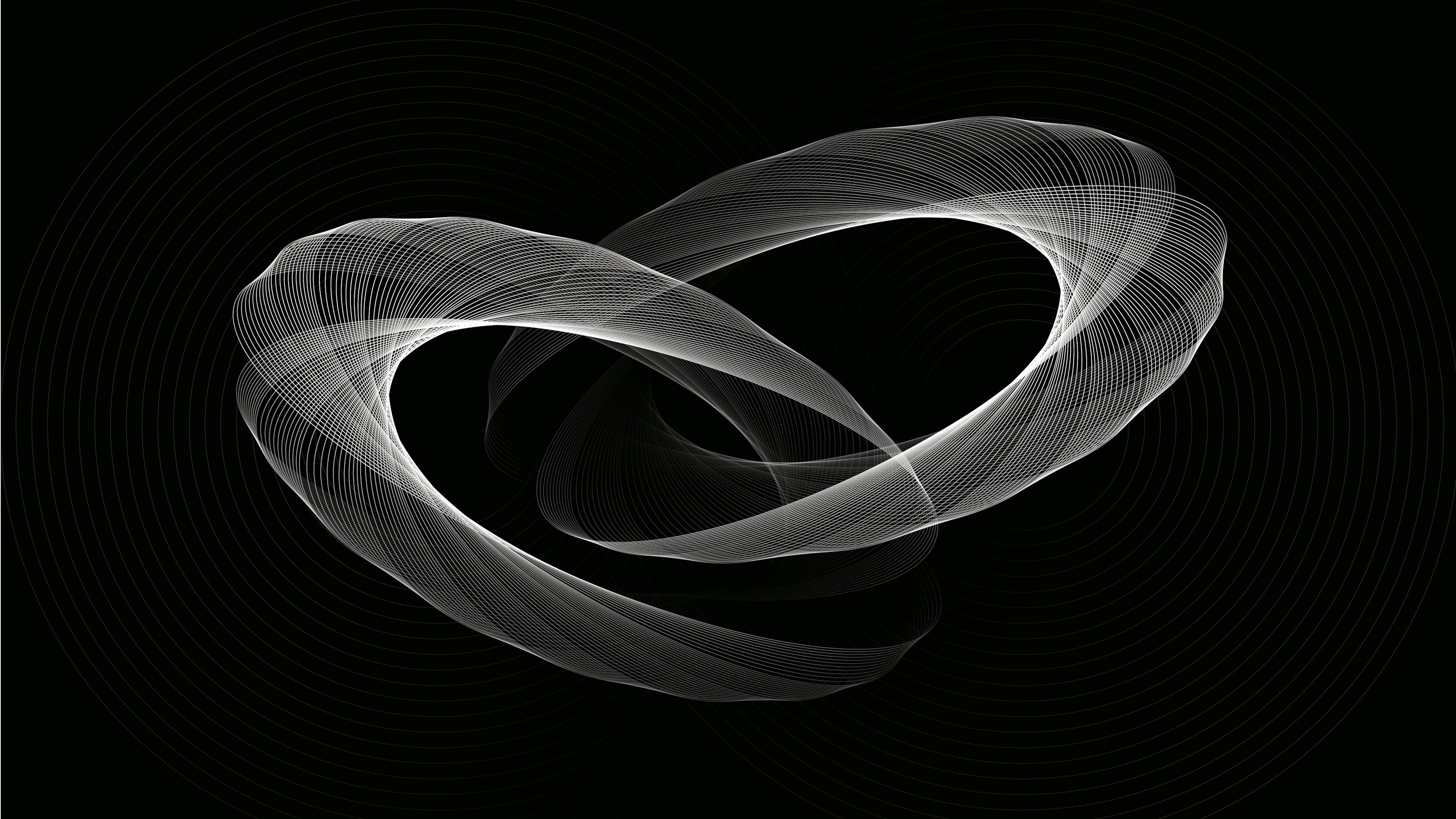
The practical challenges of technology transformation
Cosmic radiation has become the primary limiting factor. High energy particle flow may induce DNA double strand breaks, leading to cellular dysfunction. The existing protection scheme can only shield 30% of the radiation dose and cannot meet the long-term cultivation needs.
Cell stability is being tested. Ground simulation experiments have shown that 15% of cells exposed to space environments experience metabolic disorders within 72 hours of return. How to maintain stable cell characteristics has become a key challenge in technological applications.
The industrialization process has encountered cost bottlenecks. The transportation cost of materials for a single space experiment can reach tens of millions of dollars, and the existing technological path is difficult to achieve large-scale production. Research institutions are exploring microgravity simulation devices in an attempt to replicate the effects of space cultivation on the ground.

When humans extend laboratories to near Earth orbit, life sciences usher in unprecedented research dimensions. This technological revolution of the linkage between heaven and earth is rewriting the future landscape of cell therapy. In summary, it can be seen that future medical new technologies should have enormous potential for development in space. In addition, there may be more connections between healthcare and the universe that scientists need to explore.
(Writer:Lorik)

